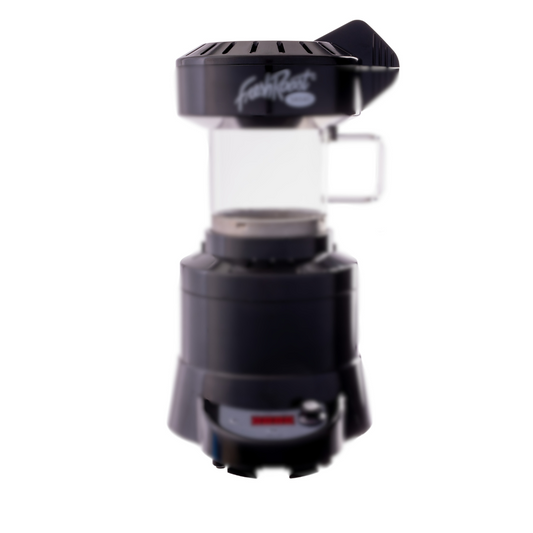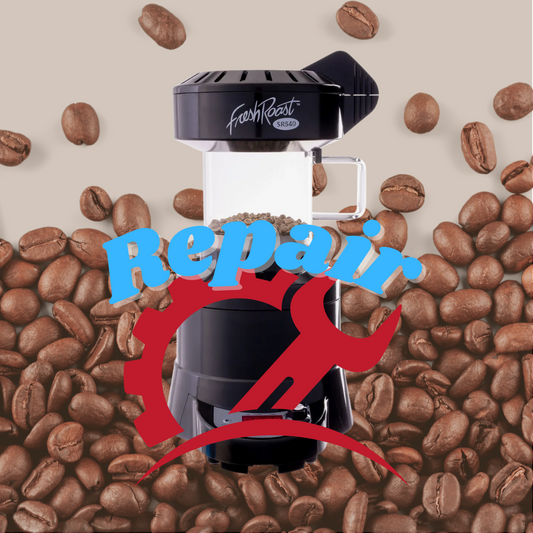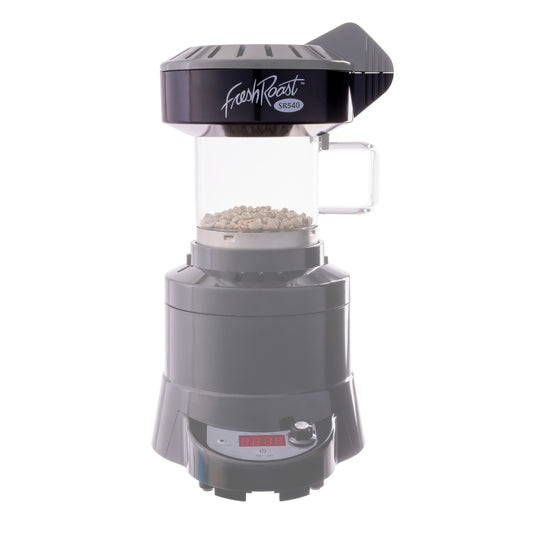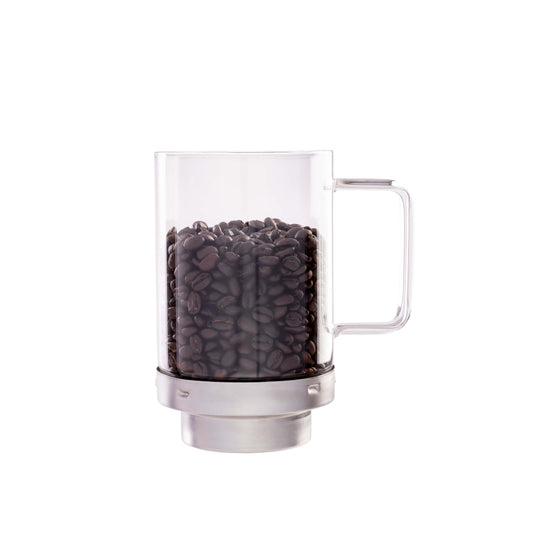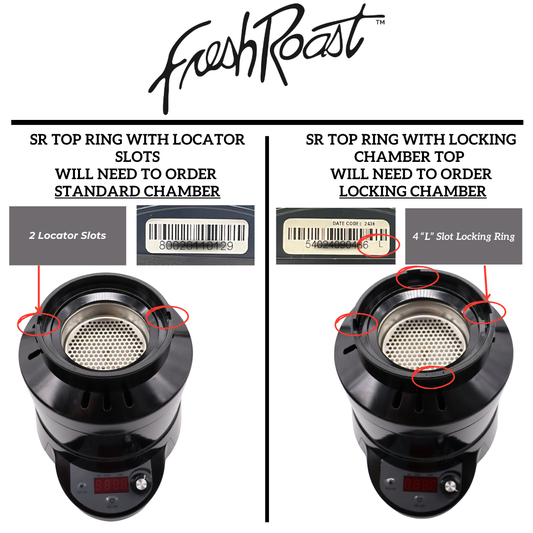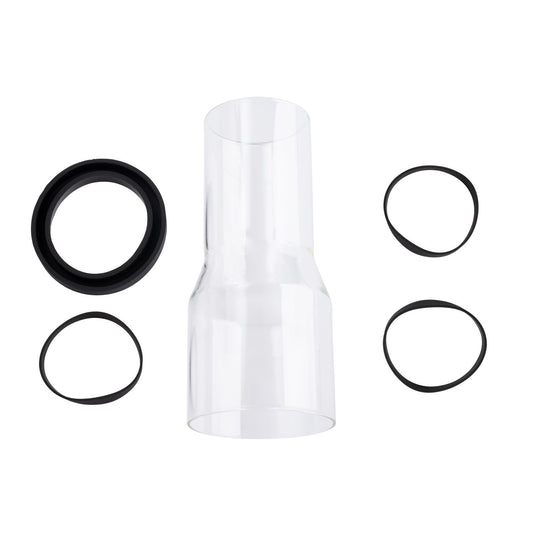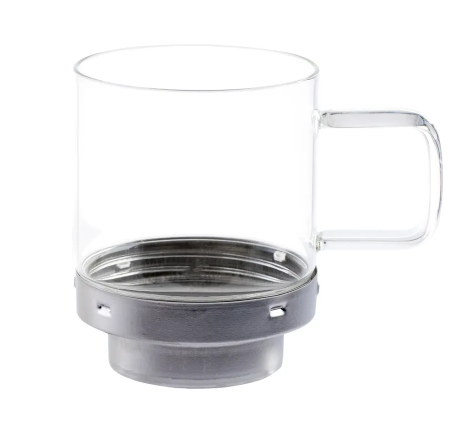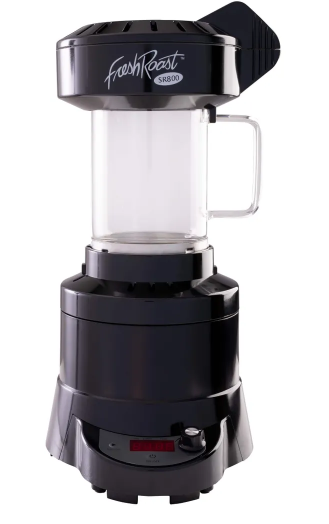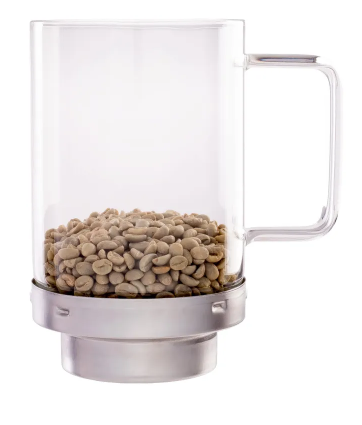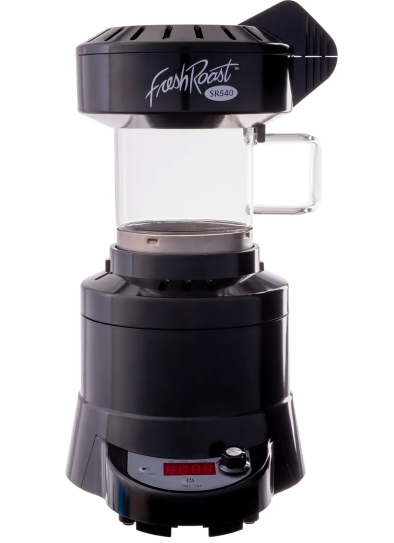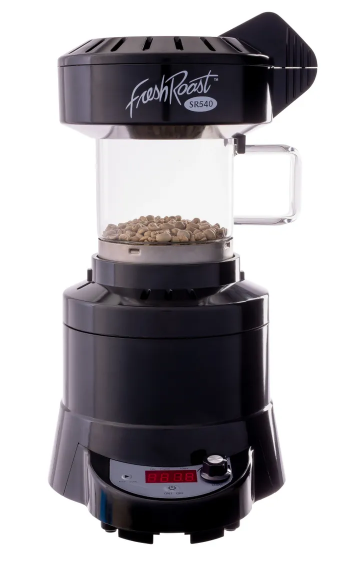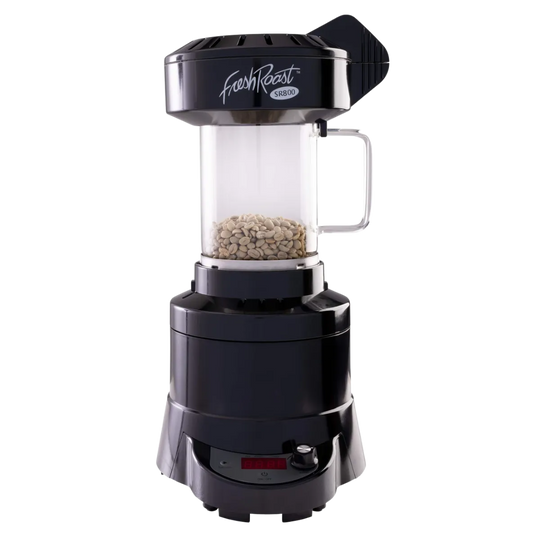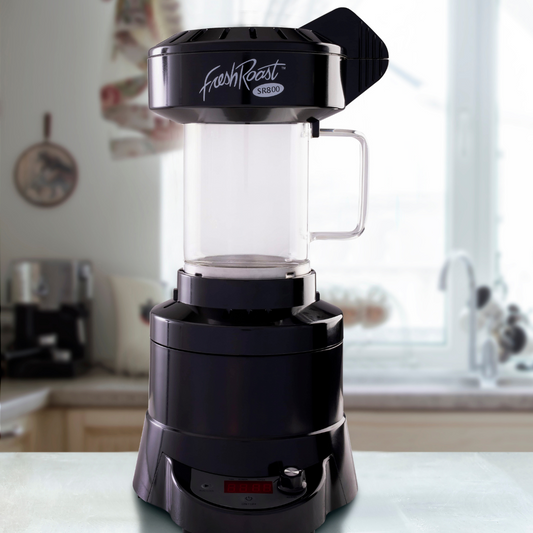
How to Blend Your Own Coffee at Home: Creating Custom Coffee Blends
Crafting your own coffee blends at home allows you to explore unique flavors tailored to your taste. Learn the art of blending beans, balancing roast levels, and achieving the perfect cup.
| Discussion | Relevance |
|---|---|
| Coffee blending | Core focus on mixing different beans to create custom coffee blends. |
| Home coffee blends | Tailored to home roasters seeking to personalize their coffee experience. |
| Coffee flavor profiles | Guides readers in understanding how flavors interact in a blend. |
| Coffee blending tips | Actionable advice for creating balanced and flavorful coffee blends. |
| Mixing roast levels | Emphasizes how combining light, medium, and dark roasts affects the final cup. |
| Specialty coffee blends | Encourages readers to replicate unique flavors at home. |
Why Blend Coffee at Home?
Blending coffee at home is an exciting way to elevate your brewing experience. By mixing different beans and roast levels, you can create a cup tailored to your taste preferences, whether you crave nutty and chocolaty tones or fruity and floral highlights.
Home coffee blending also allows you to experiment with ratios, discover new flavors, and even replicate your favorite specialty blends from coffee shops.
The Basics of Coffee Blending
Creating a coffee blend requires an understanding of beans, roast levels, and flavor profiles. Here’s a quick overview:
-
Single-Origin vs. Blends
- Single-Origin: Beans from one region or farm with distinct characteristics.
- Blends: A mix of beans from different regions to achieve complexity and balance.
-
Flavor Profiles
- Understand the flavor wheel. For instance:
- Central American Beans: Bright, citrusy, and clean.
- African Beans: Fruity, floral, and wine-like.
- Asian Beans: Earthy, chocolaty, and nutty.
- Understand the flavor wheel. For instance:
-
Roast Levels
- Light roasts preserve origin flavors.
- Medium roasts balance acidity and sweetness.
- Dark roasts emphasize bold, smoky notes.
For more on roast levels, check out The Best Roasting Techniques for Light, Medium, and Dark Roasts.

Step-by-Step Guide to Blending Coffee at Home
-
Select Your Beans
Start with 2–3 types of beans that complement each other. For example:- A bright Ethiopian bean for acidity and fruitiness.
- A chocolaty Brazilian bean for body and sweetness.
- A robust Sumatran bean for earthy depth.
-
Decide on a Ratio
- Begin with equal parts of each bean, such as 1:1:1.
- Adjust based on taste. For example, increase the fruity bean if you want more acidity.
-
Experiment with Roast Levels
- Combine light-roasted beans for brightness with medium or dark-roasted beans for body and boldness.
-
Test Small Batches
- Blend small quantities (e.g., 50 grams each) to avoid waste during experimentation.
-
Brew and Taste
- Use a consistent brewing method for each test batch.
- Take notes on what you like or want to improve.
-
Refine the Blend
- Tweak ratios, try different roast levels, or introduce another bean to fine-tune your custom blend.
Tips for Successful Coffee Blending
- Keep It Simple: Start with two beans before moving to complex blends.
- Balance Flavors: Avoid overpowering one flavor profile; aim for harmony.
- Label Your Blends: Track bean origins, ratios, and roast levels for consistency.
- Match Brewing Methods: Tailor blends for specific brewing styles, like espresso or French press.
FAQs About Coffee Blending
1. Why blend coffee beans?
Blending creates complexity by combining complementary flavors and achieving balance in your cup.
2. Can I blend beans of different roast levels?
Yes! Mixing roast levels adds depth and variety, enhancing the overall flavor profile.
3. What is the ideal ratio for blending?
There’s no one-size-fits-all ratio. Start with equal parts and adjust based on taste.
4. Do I need a grinder to blend coffee?
Yes, grinding whole beans just before brewing ensures freshness and consistency.
5. Can I recreate a commercial coffee blend at home?
Yes! Research the beans and roast levels used, then experiment with similar components.
Popular Coffee Blending Ideas
- Morning Blend: 50% Colombian, 30% Ethiopian, 20% Brazilian for a balanced, lively brew.
- Dessert Blend: 60% Sumatran, 40% Guatemalan for chocolaty and nutty notes.
- Espresso Blend: 40% Brazilian, 40% Sumatran, 20% Kenyan for boldness with a touch of brightness.
Blending coffee at home is an art and a science that allows you to create unique, personalized flavors. Whether you’re blending for balance, boldness, or brightness, the key is experimentation and tasting. Ready to elevate your coffee experience? Grab some green coffee beans and start crafting your perfect blend today!
For more insights, check out our guide on Is coffee Roasting Hard? and Beginner Guide to Home Roasting Coffee.

